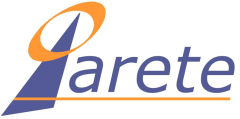
LTE: Less Transforming than Expected
An analysis of the status of LTE, the next generation of wireless network technology, including a round-up of early operator trials, and views on prospects for key vendors by Telco 2.0 partners Arete Research. (December 2011, Executive Briefing Service, Future of the Networks Stream).


